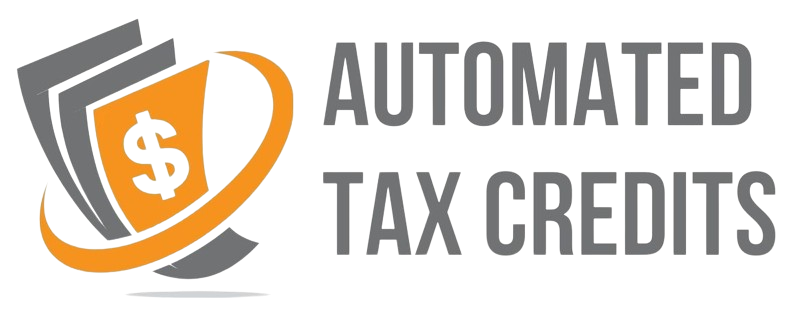Income Threshold
The term 'Income Threshold' refers to the specific level of income at which a taxpayer must begin to comply with tax obligations or become eligible for certain tax benefits.
Non-Compliance Notice
A Non-Compliance Notice alerts taxpayers to breaches in filing requirements or obligations, often leading to penalties unless promptly addressed.
Payment Recalculation
Payment Recalculation is a tax process used to adjust taxpayer obligations based on revised calculations, ensuring accurate tax balances.
Installment Fee Waiver
The Installment Fee Waiver helps taxpayers obtain relief by waiving fees typically associated with installment agreements for unpaid taxes.
Direct Debit Authorization
Direct Debit Authorization is a payment method allowing taxpayers to authorize automatic deductions from their bank account to pay taxes conveniently and on time.
Form 433-B
IRS Form 433-B is used by businesses to report financial information to the IRS for collections purposes. It's crucial for negotiating tax debt payment plans.
Business Revenue
Business revenue is a company's total income from its operations. It is crucial for tax compliance and financial reporting, impacting tax liabilities and financial health.
Penalty Adjustment
Penalty Adjustment refers to modifications made to fines imposed for tax-related infractions, aimed at ensuring compliance and equitable treatment of taxpayers.
Payment Plan Termination
Payment Plan Termination refers to the conclusion of a taxpayer's installment agreement with the IRS, impacting their obligation to fully settle remaining tax liabilities.
Levy Release
A Levy Release lifts an IRS levy on a taxpayer's property, allowing them to regain control and comply with tax obligations.
